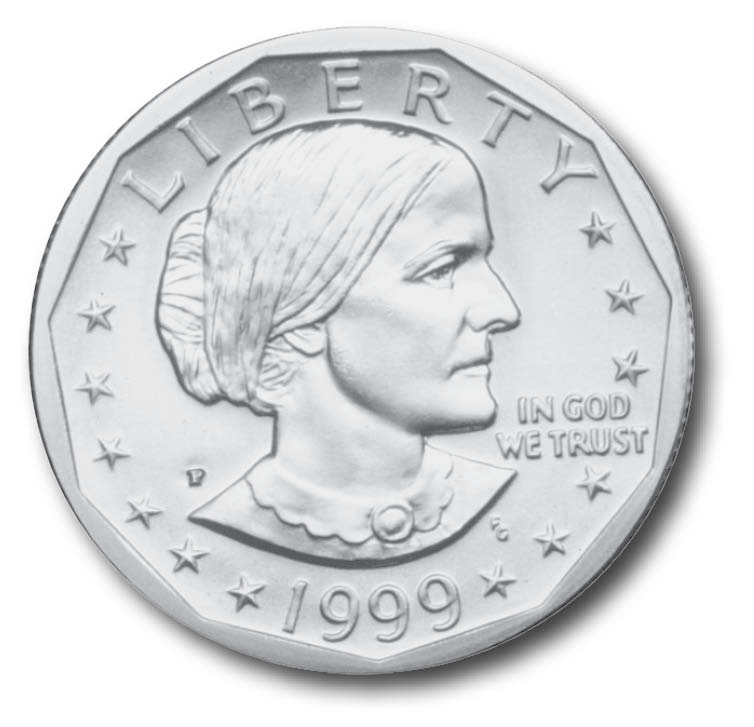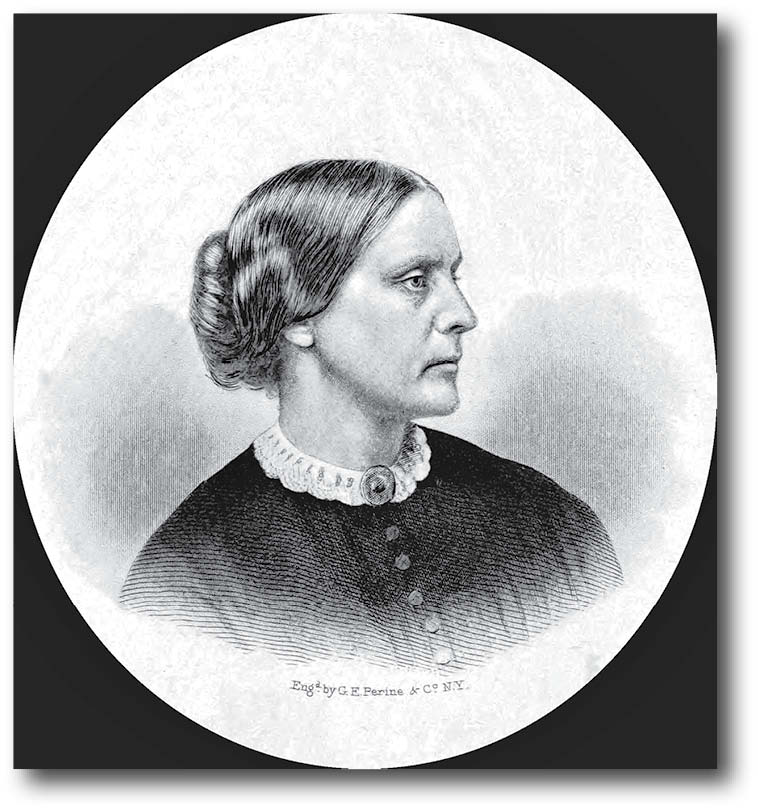
When the Susan B. Anthony dollar coin was released in 1979, it was the first coin to feature the likeness of a woman.
Most of us take our voting rights for granted. We cast our ballot without any thought given to the women who endured atrocious treatment in their fight for this privilege.
The term suffragette was coined by Charles E. Hands in an article he wrote for the London Daily Mail in 1906 as an offensive term to mock and belittle women who fought for equal rights.
In modern English, the diminutive ending “-ette” is most often used to denote an imitation of the original, and often a poor imitation at that.
The first suffragettes who were jailed in London’s Holloway Prison were force-fed after a lengthy hunger strike. One other suffragette, Emily Davison, died at the Epsom Derby when she was run over by the king’s horse. The circumstances about the lady’s death are somewhat murky, but appear to be related to her wanting to attach a suffrage message to the race horse.
Militant suffragists of the Women’s Social and Political Union (WSPU) gladly adopted the term suffragette in the early twentieth century. However, they started calling themselves “suffraGETtes” (with a hard g), proclaiming that they did not just want the vote, but would get it too.
Suffragist is a term used more generally for people supporting the suffrage movement, male or female, radical or conservative.
In the United States, women over 21 were first allowed to vote in the territories of Wyoming in 1869 and in Utah in 1870. With the ratification of the Nineteenth Amendment, the suffrage (voting rights) was extended to women across the United States in time for the 1920 presidential election.
One of the early advocates of the United States suffrage movement was Susan B. Anthony. She was convinced that if women did not have voting rights, they would not be able to affect the temperance movement, or any other cause women stood for.
Born in 1820 in Massachusetts into a Quaker family with activist traditions, Anthony developed a sense of justice and moral zeal early in her life.
She became an activist in the temperance movement, a concentrated effort to encourage moderation or abstinence in the consumption of intoxicating liquors. Because she was a woman, she was not allowed to speak at temperance rallies.
When Anthony was introduced to Elizabeth Cady Stanton, she became involved in the women’s rights movement and attended her first women’s rights convention in Syracuse in 1852. Anthony and Stanton believed the Republicans would reward women for their work in building support for the Thirteenth Amendment (abolition of slavery and involuntary servitude) by giving them the vote. They were bitterly disappointed when this did not happen. Soon after, she dedicated her life’s work to woman suffrage.
In 1866 Anthony and Stanton founded the American Equal Rights Association and in 1868 they started publishing the newspaperThe Revolutionin Rochester, with the masthead “Men their rights, and nothing more; women, their rights, and nothing less,” and the aim of establishing “justice for all”.
Anthony, three of her sisters, and other women were arrested in Rochester in 1872 for voting.
In 1877, she gathered petitions from 26 states with 10,000 signatures, but congress laughed at them. Year after year, she appeared before every congress from 1869 to 1906 to ask for passage of a suffrage amendment.
She also campaigned for the right for women to own property and to retain their own earnings: “I think the girl who is able to earn her own living and pay her own way should be as happy as anybody on earth. The sense of independence and security is very sweet.”
In 1900, Susan B. Anthony was successful in persuading the University of Rochester to finally admit women.
Susan B. Anthony never married. She died at the age of 86 on March 13, 1906 in her home on Madison Street in Rochester. The Nineteenth Amendment is also known as the Susan B. Anthony Amendment.
When the Susan B. Anthony dollar was issued in 1979, it was the first United States coin ever to bear the portrait of a real life woman.
In the Wikipedia biography of Susan B. Anthony, she is described as having been aggressive and compassionate by nature. She had a keen mind and a great ability to inspire.
Susan B. Anthony’s signature totally supports that statement.
A keen mind is evidenced in the angularity of script, including the three letters n in her signature. These letters n are angular which tells us that she was able to quickly analyze a situation and deal only with matters she considered important.
Aggression is seen in the pointed break-away strokes at the baseline. She was critical, direct and outspoken.
The ability to inspire is graphically demonstrated by the long t-bar that extends over most of the name Anthony. The t-bar retains its line quality from beginning to end. This indicates enthusiasm. And enthusiasm, combined with superior thinking patterns, motivates others to contribute time and effort to one’s projects and missions.
Many suffragettes in England and the United States endured unbelievably atrocious treatment during incarceration for their fight to get equal rights for women and the right to vote.
As we stand in line to cast our ballot on Nov. 4 at the polling station, some of us may pay a silent tribute to the pioneers who fought for these rights and paved the way for women’s vote. Hats off also to the dedicated men and women who, year after year, man the polling stations and affix the welcome “I voted” sticker to our lapels!


